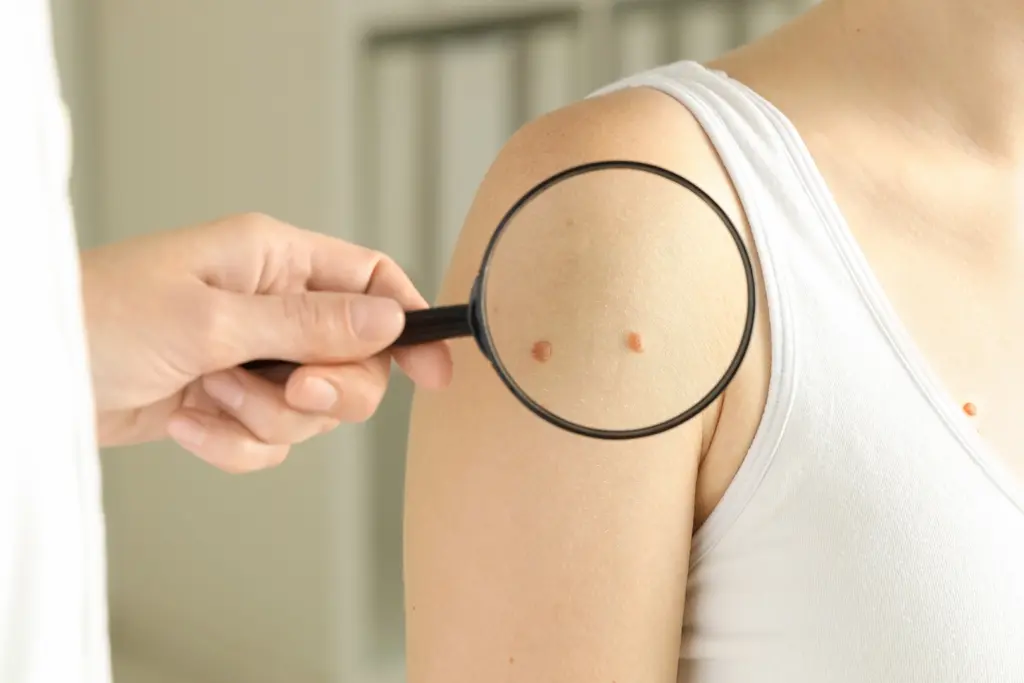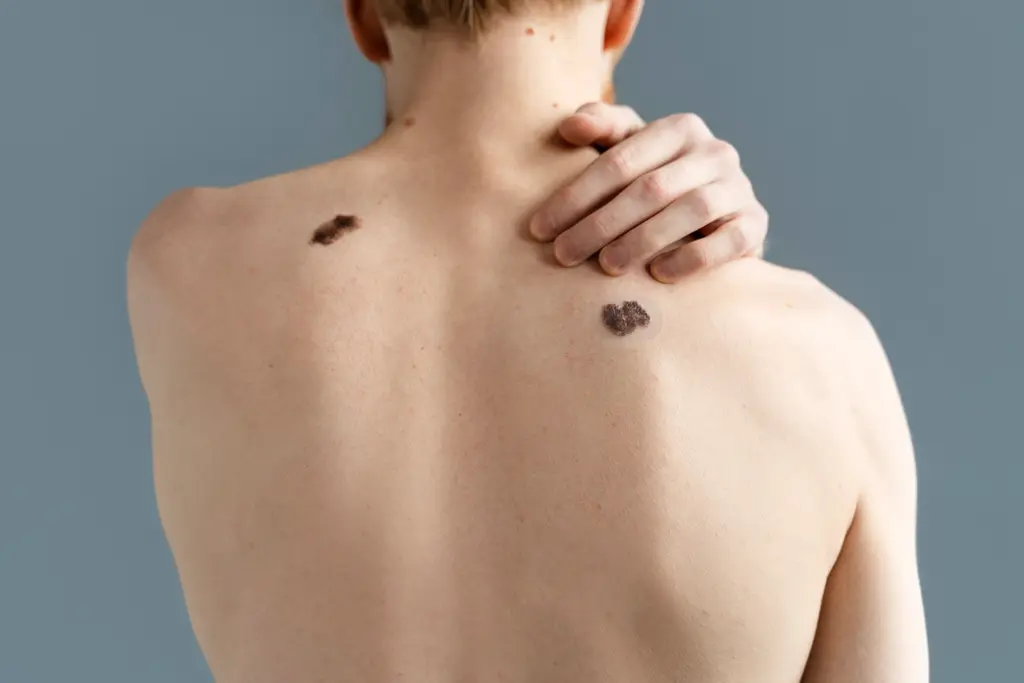
Skin cancer: Skin cancer is common worldwide, but early detection makes it highly treatable. That’s why watching for changes matters. Regular at-home skin checks don’t replace a doctor visit, but they’re a smart way to spot anything unusual.
Why does self-check matter?
Your skin is your body’s largest organ, and it’s exposed to sun, weather, and chemicals. Because it’s visible, you can spot warning signs by looking. A quick monthly skin check helps you notice new spots or changes in moles. Make it a habit. This routine could save your life.
Also Read | Is that mole dangerous? Skin cancer signs you can’t afford to miss
What do you need to do to check your skin?
You don’t need special gear. Use a full-length mirror to view most of your body and a handheld mirror for hard-to-see areas like your back. Check in bright light (ideally daylight). For the scalp, use a comb (or a hairdryer to part hair). A phone camera is handy for photographing moles or spots so you can track changes over time.
How to check your skin for signs of cancer?
Start with your face; pay extra attention to the nose, lips, and eyelids. Part your hair with a comb or hairdryer to check the scalp. Look over your neck and abdomen; women should lift each breast to examine the skin underneath. Raise your arms to inspect the front, back, and sides, including armpits and the palms. Use a hand mirror to view your upper and lower back.
Look for the ABCDE signs of melanoma: asymmetry, border irregularity, colour variation, diameter ≥ 6 mm (or any growth), evolving change, and the “ugly duckling” spot that looks different from your other moles. Photograph moles to track changes.

Other signs of skin cancer:
Not all skin cancers look the same. Watch out for:
- A sore that fails to heal should be taken into consideration.
- A red, scaly patch that itches or bleeds.
- A shiny bump that appears pearly or waxy may also be present.
- A firm, scar-like area may also be present.
When to see a doctor:
See a dermatologist or healthcare provider if:
- You notice a new mole or spot that looks different from the rest.
- A mole changes in colour, shape, or size.
- A sore doesn’t heal within 2–3 weeks.
- You’re unsure about something on your skin.
Also Read | What causes hyperpigmentation and how to treat it effectively
Checking your skin at home is quick, simple, and could save your life. It’s not about paranoia; it’s about awareness. The better you know your skin, the easier it is to spot something unusual. Take 10 minutes once a month in front of a mirror and give your skin the attention it deserves.








